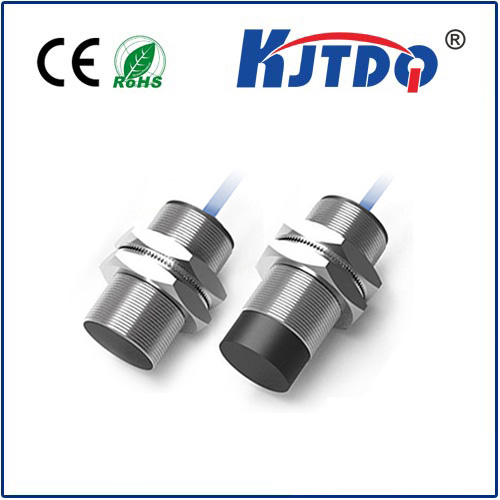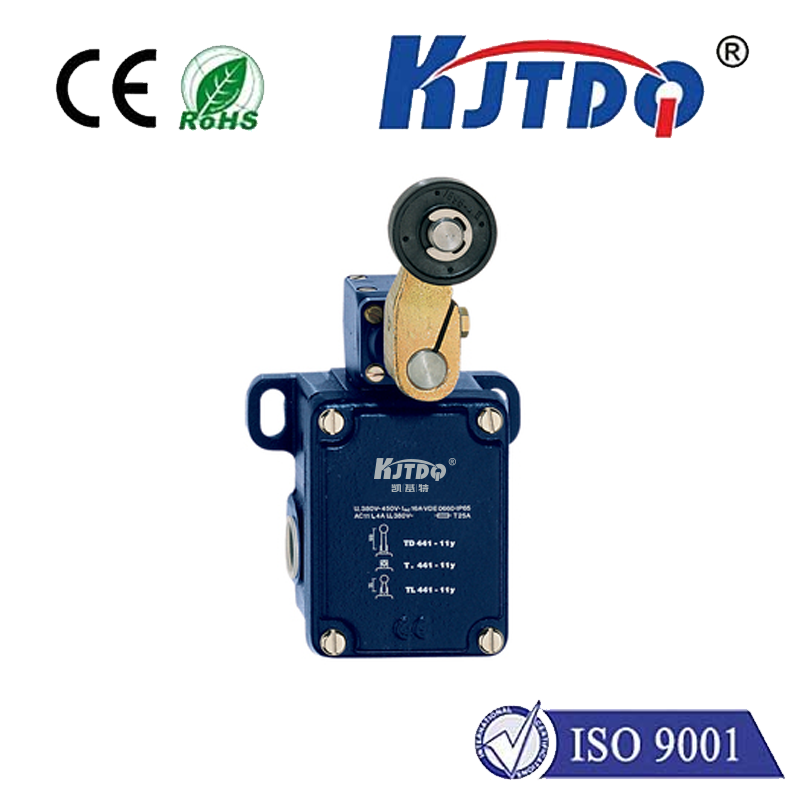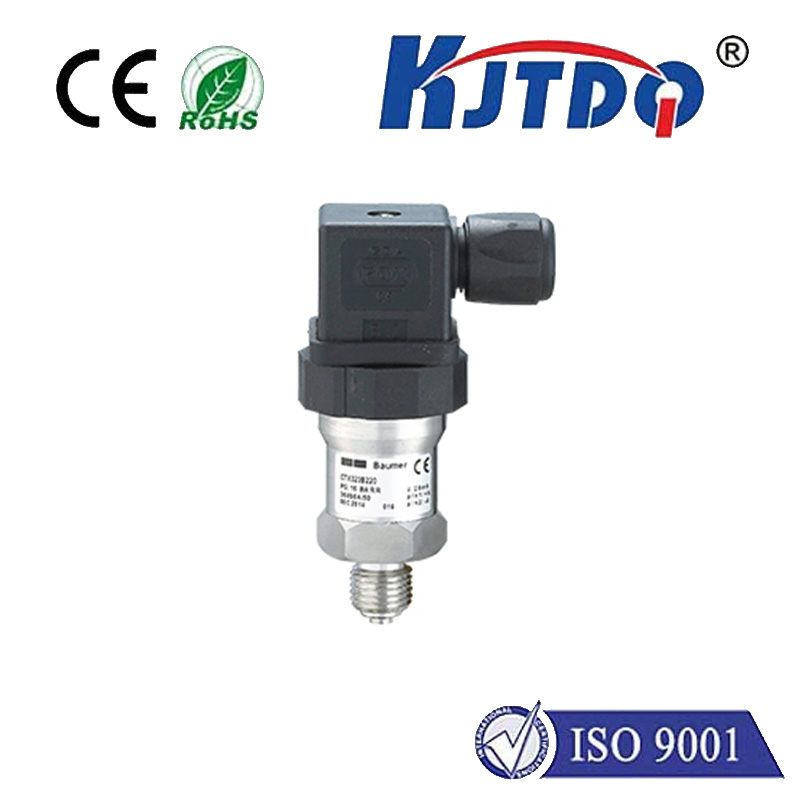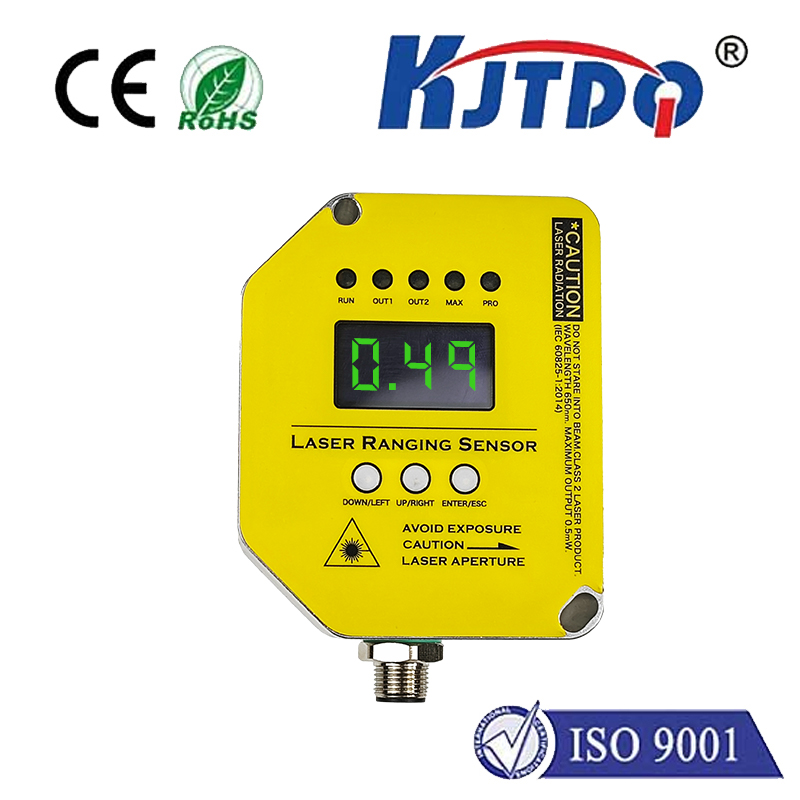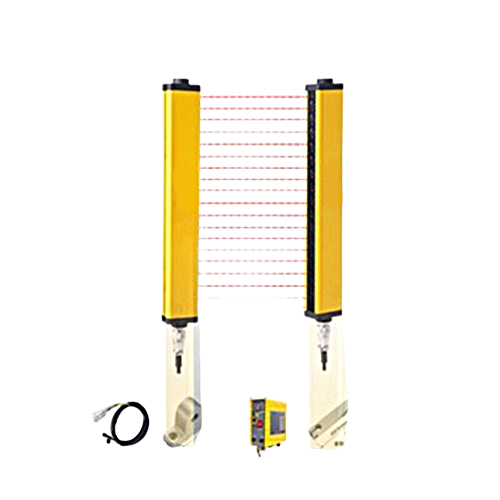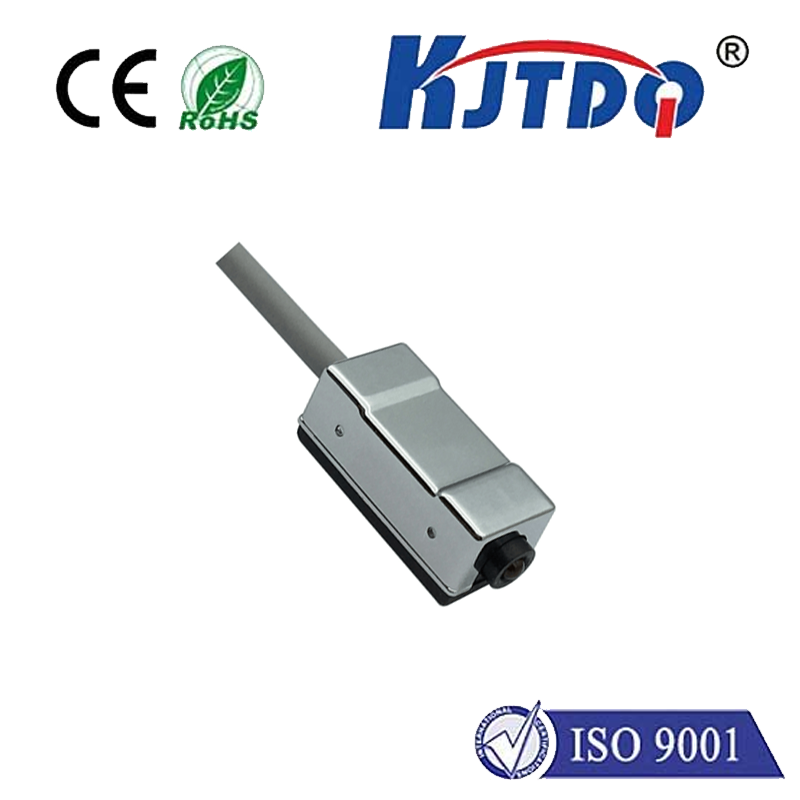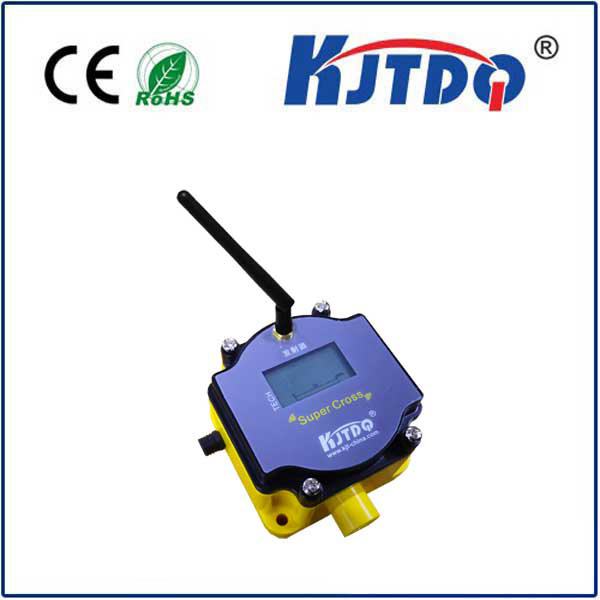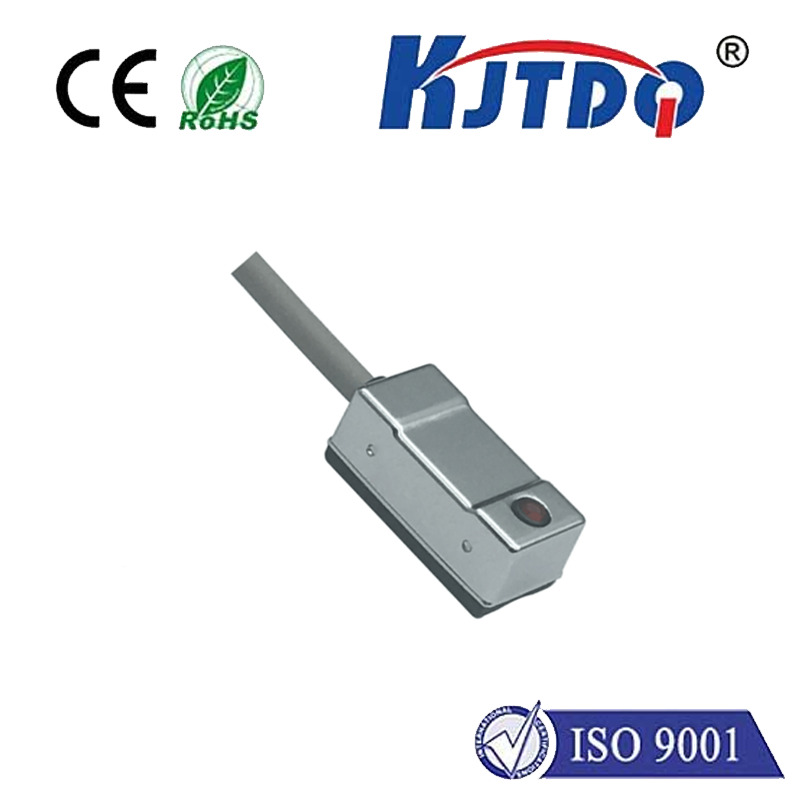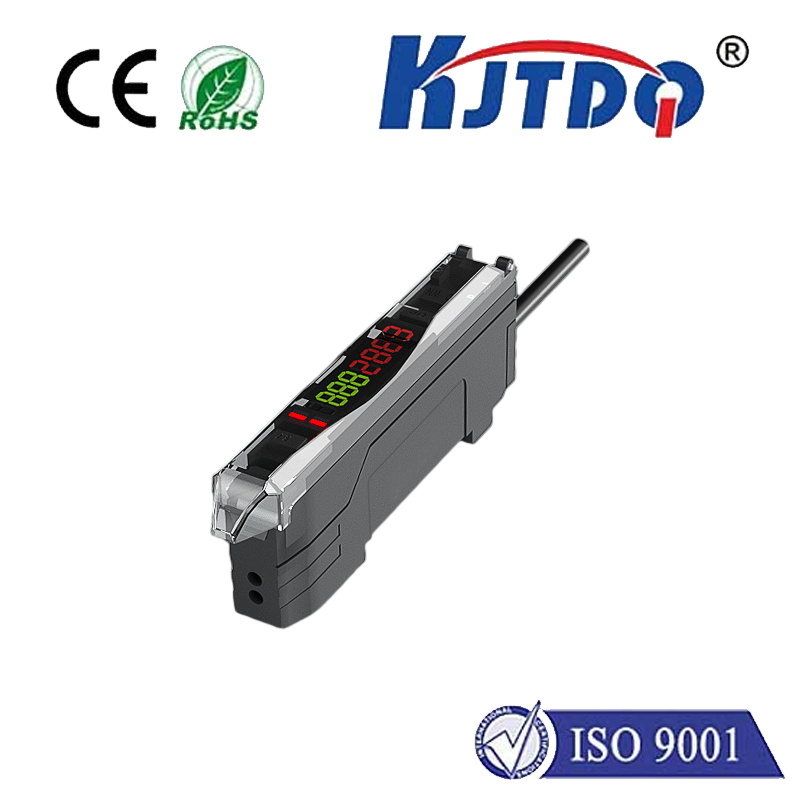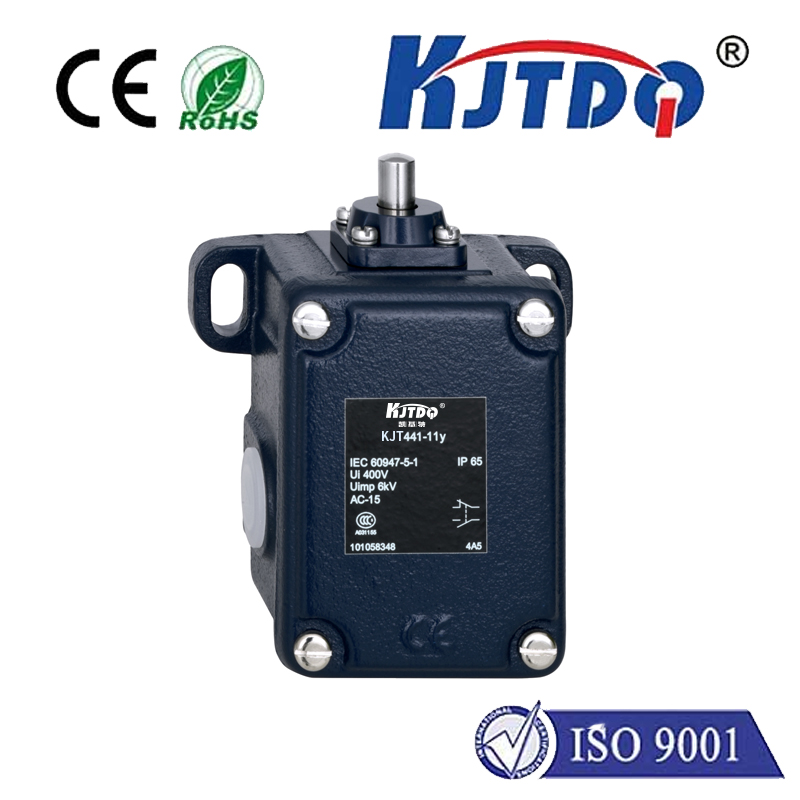mpx5010dp pressure sensor
- time:2025-08-21 00:48:58
- Click:0
The MPX5010DP Differential Pressure Sensor: Precision and Reliability for Demanding Applications
Ever wondered how modern medical ventilators maintain precise airflow pressure for patient safety, or how automotive systems accurately monitor crucial pressures? At the heart of such critical measurements often lies a specialized component: the MPX5010DP pressure sensor. Manufactured by NXP Semiconductors, this integrated silicon differential pressure sensor has established itself as a go-to solution across diverse industries where reliable, temperature-compensated, and cost-effective pressure measurement is paramount in demanding environments.
Understanding the Core: What is the MPX5010DP?
Unlike gauging absolute pressure against a perfect vacuum, differential pressure sensors measure the difference between two applied pressures (P1 and P2). The MPX5010DP exemplifies this function. Its core mechanism leverages the piezoresistive effect – minute changes in the electrical resistance of specially doped silicon strain gauges when subjected to mechanical stress (pressure). This specific pressure sensor is engineered to measure small pressure differences, boasting a calibrated range of 0 kPa to 10 kPa (0 to 1.45 PSI). Crucially, it’s designed to output an analog voltage signal proportional to the pressure applied across its ports.
Why the MPX5010DP Stands Out: Key Features and Advantages

Several defining characteristics make the MPX5010DP exceptionally valuable for designers and engineers:
- Integrated Signal Conditioning and Calibration: This is a major advantage. The sensor incorporates on-chip circuitry that performs signal conditioning – amplifying the tiny piezoresistive signal – and factory calibration. This eliminates the significant design overhead associated with amplifying and calibrating raw sensor outputs, providing a stable, linearized voltage signal ready for use by microcontrollers or analog circuits.
- Built-in Temperature Compensation: Temperature fluctuations are the nemesis of accurate sensor readings. The MPX5010DP includes sophisticated temperature compensation circuitry within its monolithic silicon structure. This minimizes the impact of ambient temperature changes (typically compensated over a range of 0°C to +85°C) on the pressure reading, ensuring stability and accuracy across its operating range.
- On-Chip Op-Amp and Reference: The integrated operational amplifier (op-amp) and precision voltage reference work in concert with the compensation circuits to deliver a robust, easily interfaced analog output. This output typically ranges from approximately 0.2V at 0 kPa differential pressure to 4.7V at 10 kPa full-scale pressure.
- Low-Pressure Range Precision: Designed specifically for low-pressure applications requiring good sensitivity (output change per pressure unit), its 0-10 kPa range makes it ideal for tasks like measuring airflows, filter blockage, fluid levels via hydrostatic pressure, or slight pressure gradients.
- Rugged Epoxy Unibody Construction: The sensor element is encapsulated within a durable, thermally matched epoxy housing. This unibody design enhances protection against environmental factors and simplifies mechanical integration. The package features two pressure ports (typically barbed or threaded for tubing connections) and electrical pins for easy PCB mounting or connection.
- Thermal Isolation: Careful design provides thermal isolation between the silicon sensing element and the package base, reducing errors caused by heat conduction from the mounting surface.
Where the MPX5010DP Makes a Difference: Vital Applications
The blend of integrated signal conditioning, temperature stability, low-pressure range, and cost-effectiveness has secured the MPX5010DP a role in numerous critical and everyday systems:
- Medical Devices: Ensuring precise and reliable pressure readings is non-negotiable in healthcare. The MPX5010DP is commonly found in medical ventilators (monitoring patient airway pressure), CPAP/BiPAP machines (delivering therapeutic air pressure), infusion pumps (detecting occlusions), spirometers (measuring airflow), and anesthesia delivery systems.
- HVAC (Heating, Ventilation, and Air Conditioning): Monitoring air filter differential pressure to signal when filters need changing, measuring airflow across ducts or coils, and controlling damper positions based on pressure gradients are core tasks within HVAC where the MPX5010DP excels.
- Industrial Automation & Control: Applications range from monitoring filter status in compressed air systems and detecting clogged nozzles in fluid dispensing systems to measuring low-pressure liquid levels in tanks and verifying pressure in pneumatic control systems.
- Appliance Control: Found in appliances requiring pressure feedback, such as advanced clothes dryers monitoring exhaust airflow, dishwashers checking water levels, or robotic vacuum cleaners measuring suction performance.
- Automotive Systems: Employed in various subsystems including tire pressure monitoring system (TPMS) development (testing/manufacturing), engine air intake pressure monitoring (secondary), EGR (Exhaust Gas Recirculation) system pressure sensing, and potentially low-pressure fuel vapor monitoring.
- Consumer Electronics: Emerging applications include environmental monitoring devices measuring wind speed via Pitot tubes or integrating into specialized sporting equipment.
Designing with the MPX5010DP: Practical Considerations
While highly integrated, integrating the MPX5010DP effectively requires attention to detail:
- Electrical Interface: The sensor typically requires a regulated 5V DC power supply (V_s). Its analog output (V_out) is ratiometric to the supply voltage, meaning its full-scale output (e.g., ~4.7V) scales with V_s. Carefully consider ADC (Analog-to-Digital Converter) references if absolute accuracy is critical. Simple filtering is often recommended on the output signal.
- Mechanical Integration: Ensure proper sealing and alignment when connecting tubing to the pressure ports. Avoid excessive mechanical stress on the package. Mounting orientation is generally not critical for this specific sensor type. Avoid exposing the ports to liquids unless specified; it’s primarily designed for clean, dry air/gases. Use dry air for testing if possible.
- Pressure Media Compatibility: The standard sensor construction uses silicon sensing elements. While robust against most non-corrosive gases and dry air, exposure to corrosive chemicals or liquids incompatible with silicon/epoxy can damage the sensor. NXP may offer variants with gels or barriers for specific media – consult the datasheet.
- Calibration & Accuracy: While factory calibrated, achieving optimal system accuracy might require end-of-line calibration against a known reference to account for system-level variations. Remember the specified accuracy (±1.5% full-scale span typical, over 0-85°C, see datasheet) includes combined effects of non-linearity, repeatability, hysteresis, and temperature drift. Temperature compensation helps significantly, but residual thermal errors exist.
- Datasheet Dependency: Always refer to the latest official NXP MPX5010DP datasheet for absolute specifications, detailed electrical characteristics, thermal performance data, mechanical drawings, soldering profiles, and port connection information.
Conclusion: A Powerhouse in Low Differential Pressure Sensing
The MPX5010DP differential pressure sensor exemplifies the power of integrated MEMS (Micro-Electro-Mechanical Systems) technology. By combining a sensitive piezoresistive sensing element with sophisticated on-chip signal conditioning, temperature compensation, and calibration, NXP delivers a solution that significantly lowers the barrier to entry for achieving reliable and accurate low-range differential pressure measurement. Its proven track record in demanding fields like medical equipment and HVAC systems underscores its robustness. For designers seeking a versatile, stable, and easy-to-use pressure sensor for low-pressure differential applications, the MPX5010DP remains a compelling and highly relevant choice, enabling innovation and reliability in countless modern technologies.






